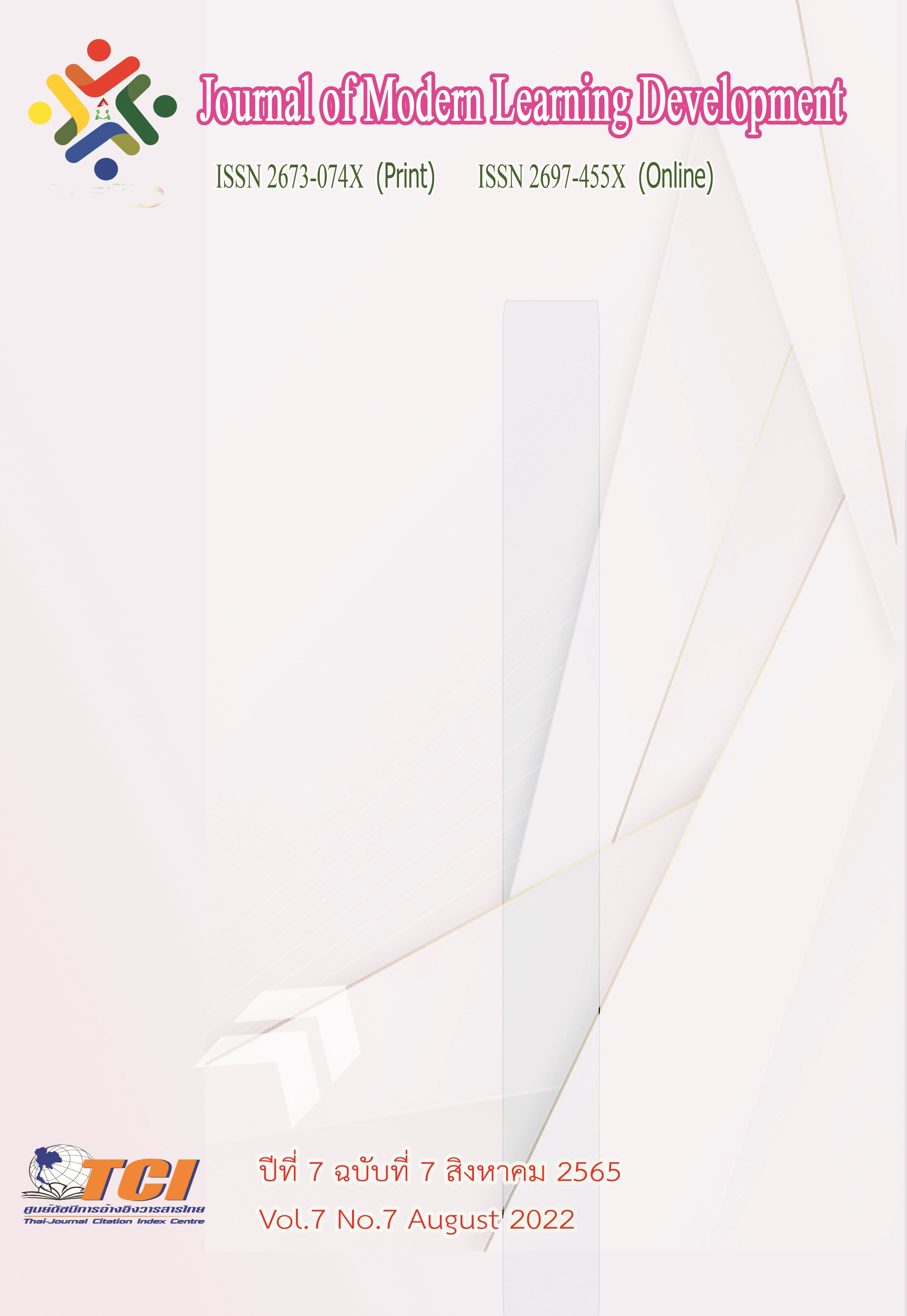Free Trade : Challenges or opportunities for Thai agriculture
Main Article Content
Abstract
The economy of many countries is developing and changing, and we cannot object that “Free trade” is one of the key concepts that plays an important role in driving and transforming the global economy. This research was designed to study the challenges and opportunities of free trade in the Thai longan industry. This research is a single case study, involving mainly semi-structured interviews with representatives of exporters and farmers as well as documentary content analysis. The findings show that free trade presents both opportunities and challenges to the agricultural sector, of which depends on various factors. Free trade provides opportunities if the industry’s stakeholders can establish a strong relationship, effective management of distribution channel, understanding logistics and supply chain management, obtaining knowledge and expertise as well as effectively dealing with geography related challenges. Meanwhile, free trade presents challenging factors if the industry is over-reliant on foreign markets, global competition, and economic restructuring. Finally, the policy introduced by the government is very important to strengthen and sustain the agricultural sector.
Article Details
References
กรมเจรจาการค้าระหว่างประเทศ. (2564). สินค้าลำไยและผลิตภัณฑ์. สำนักการค้าสินค้า: กระทรวงพาณิชย์
สำนักงานปลัดกระทรวงแรงงาน. (2564). สถิติแรงงานประจำปี 2563. กองเศรษฐกิจการแรงงาน: กระทรวงแรงงาน
Ali, A. Y. S., Awdini, A. O. N., & Adan, H. (2012). The effect of globalization on local industries: a case of Mogadishu manufacturers. International Journal of Business and Management Tomorrow. 2 (11), 1-9.
Alvarado, R., Iñiguez, M., & Ponce, P. (2017). Foreign direct investment and economic growth in Latin America. Economic Analysis and Policy. 56, 176-187.
Bhattacharya, M., & Nguyen, K. T. (2019). Trade liberalization and the wage–skill premium: Evidence from Vietnamese manufacturing. Economics of Transition and Institutional Change, 27 (2), 519-540.
Clarke, S. (2005). The neoliberal theory of society. Neoliberalism: A critical reader, 50, 59.
Gozgor, G. (2019). Effects of the agricultural commodity and the food price volatility on economic integration: an empirical assessment. Journal of the Institute for Advanced Studies, Vienna, Austria, 56 (1), 173-202.
Halinen, A., & Törnroos, J.-Å. (2005). Using case methods in the study of contemporary business networks. Journal of Business Research, 58 (9), 1285-1297.
Hamida, L. B. (2013). Are there regional spillovers from FDI in the Swiss manufacturing industry? International Business Review, 22 (4), 754-769.
Harvey, D. (2005). A brief history of neoliberalism. Oxford: Oxford University Press.
Kaldor, N. (1967). Strategic factors in economic development. New York: New York State school of industrial and labor relations, Cornell University.
Liang, F. H. (2017). Does foreign direct investment improve the productivity of domestic firms? Technology spillovers, industry linkages, and firm capabilities. Research Policy, 46 (1), 138-159.
Mastromarco, C., & Simar, L. (2018). Globalization and productivity: A robust nonparametric world frontier analysis. Economic Modelling, 69, 134-149.
Melitz, M. J. (2003). The impact of trade on intra‐industry reallocations and aggregate industry productivity. econometrica, 71 (6), 1695-1725.
Miles, M. B., Huberman, A. M., & Saldana, J. (2014). Qualitative data analysis: A methods sourcebook. California: SAGE Publications, Incorporated.
Myers, M. D. (2009). Qualitative research in business and management. London: Sage.
Njikam, O., & Leudjou, R. R. N. (2019). Productivity spillovers through backward linkages: The role of the origin of investors and absorptive capacity of domestic firms. Review of Development Economics, 23 (2), 677-701.
Ozcelik, S. E. (2018). The Potential Effects of TPP, TTIP and Trump's Tariffs on China's Competitiveness in the US Market. World Journal of Applied Economics, 4 (2), 95-115.
Pansuwan, A. (2013). Industrial decentralization policies and industrialization in Thailand. Humanities, Arts and Social Sciences Studies (former name silpapkorn university journal of social sciences, humanities,and arts), 117-148.
Prior, L. (2003). Using documents in social research. Thousand Oaks: Sage.
The World Bank. (2019). Tariff rate, applied, weighted mean, all products (%). online. Retrieved from https://data.worldbank.org/indicator/tm.tax.mrch.wm.ar.zs
UNCTAD. (2020a). Gross domestic product: GDP by type of expenditure. Retrieved from Geneva:
UNCTAD. (2020b). Foreign Direct Investment Flow and Stock. Retrieved from Geneva:
Yang, C.-H. (2018). Exports and innovation: the role of heterogeneity in exports. Empirical Economics, 1-23.
Yin, R. K. (2014). Case study research: Design and methods. Los Angeles: Sage publications.


